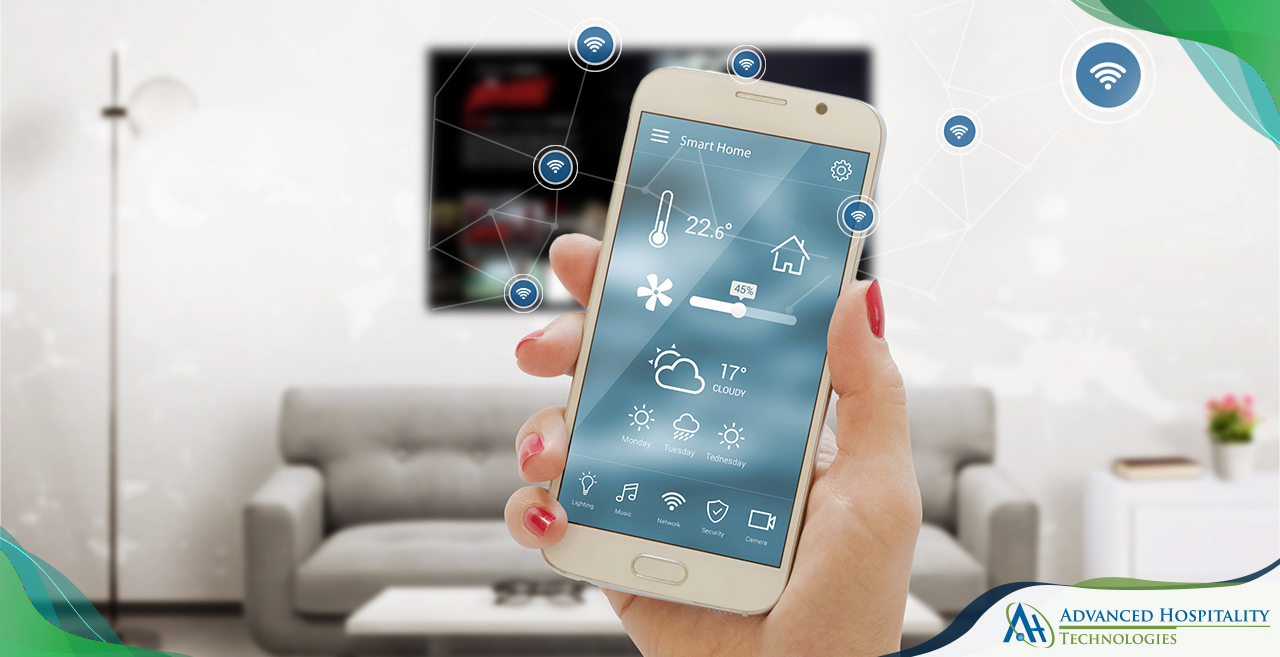Technology is taking over hospitality, may it be robots assisting guests with room service or simple mobile apps managing the entire guest experience from a smartphone.
A 2019 research survey by Expedia & Oracle discovered that technology investments were the highest priority for 54% of hoteliers who participated in the research. Strategic technology investments, the study identified, are a source of competitive advantage that hospitality providers are eager to harness.
While strategic technology investment decisions are one part of the equation, hotel operators must also concentrate on developing a comprehensive technology strategy to see the correct deployment of their investments.
Hospitality providers have long avoided it, but demanding times and changing consumer demographics require hoteliers to be ready.
What is a Hotel Technology Strategy?
A hotel technology strategy establishes the overall action plan that will define the standards, targets, and policies to optimize technology to serve guests better.
In simple language, the hotel technology policy will define which technologies will become part of the hotel, what they will be expected to achieve, and how they will be deployed across the hotel for superior guest satisfaction and operational efficiency.
The hotel technology strategy must also provide the right policies and procedures to use, maintain, and upgrade hotel technology systems. The technology strategy will develop the rules around specific tech answering important questions like staff responsibilities for managing services, scalability, aligning technology assets with business goals, and maintaining service quality standards.
Developing the Hotel Technology Strategy
Being a critical operational aspect of hotel management the technology strategy is established by a Chief Technology Officer or Hotel Technology Management partner for the hotel.
Centered around the core business strategy’s long term and short term goals, the hotel technology strategy is developed in collaboration with the executive team and heads of other business units of the hotel.
The technology strategy must include every single stakeholder and their input to assure correct deployment and use. The technology strategy will usually affect a number of areas including budgets, vendor management, policy management affairs, revenue management, inventory management, room service, staff accountability, and back office operations.
In a recent discussion, Mohammed Shoaib Ziaee – Director of Information Technology AHT Inc., discussed with us that “the technology strategy is a comprehensive framework developed to ensure hotels invest in the right technology, make use of these technologies in the ideal manner, and have sound policies to manage its access, security, compliance, and maintenance.
Mohammed went on to add that hotel technology strategy development requires collaboration, acceptance, and preparedness from the entire hotel management team and its staff. Since the CTO develops the technology strategy around business goals, they affect every aspect of the hotel.”
Designing The Hotel Technology Strategy
Budgeting and planning are the first steps of the technology strategy allowing operators to identify capital investments and their alternatives. The CTO or technology management provider then develops the first part of the tech strategy establishing which technologies to invest in and plan for.
Mohammed Ziaee recommends that hotel operators perform a thorough technology gap assessment before making strategic technology investments. A technology gap assessment is a subjective procedure that analyzes the reliability, security, and performance of existing hotel technology systems, while identifying critical gaps in hotel technology infrastructures.
The technology strategy is usually centered around a set of standards that are usually defined in collaboration with the CTO, CFO, CEO, and the executive management team. These include both operational and service standards so as to develop a collaborative environment for everyone using tech.
Hoteliers must then set the targets for technology investments, how they must be integrated, and exactly how these technologies achieve their intended targets. Take for instance a smartphone app deployment, its targets can include more online bookings or more room service orders, or even encouraging digital payments.
Lastly, a strategic technology strategy should detail the action plan or tactics to apply developed technology standards, achieve their targets, and maintain guest satisfaction levels. The action plan should include relevant policies, staff responsibilities, SOPs, operational requirements, and benchmarks for performance management.
Conclusion
The Technology strategy is an important element of modern hotel management strategy.
In a highly digitized world with contactless check-in and touchless payments, it is essential to have policies, standards, and guidelines in place to assure technology assets are performing as they should and achieving their planned targets.




